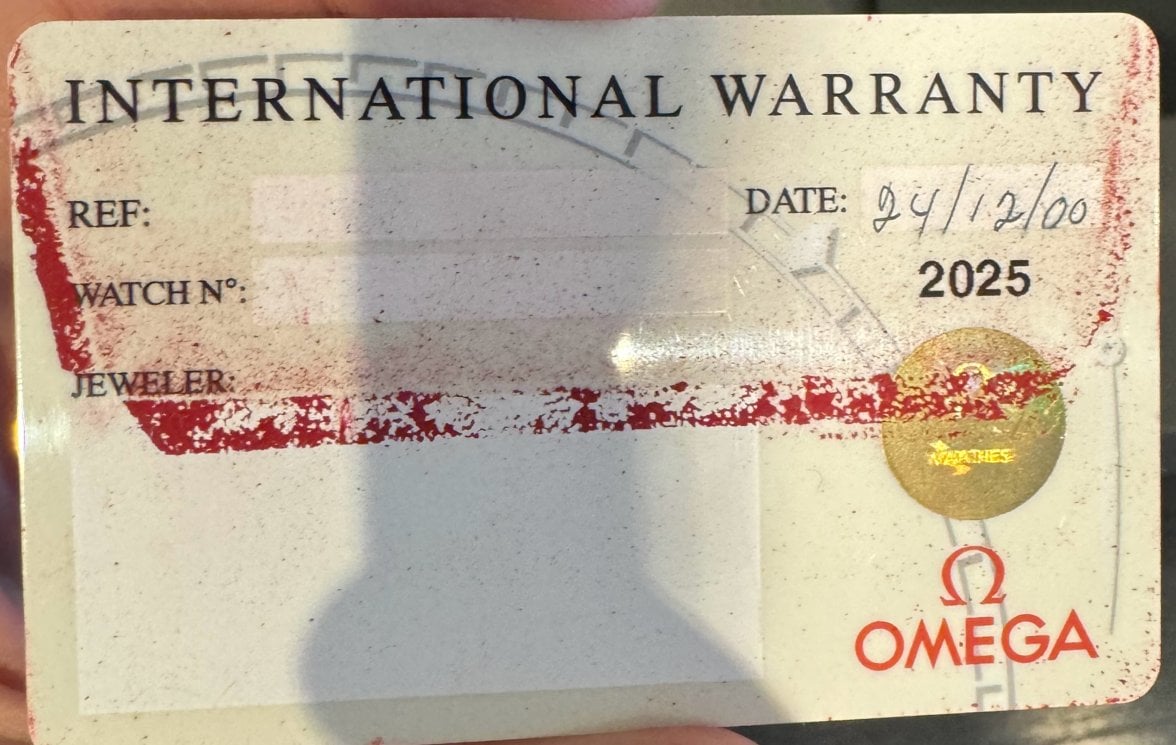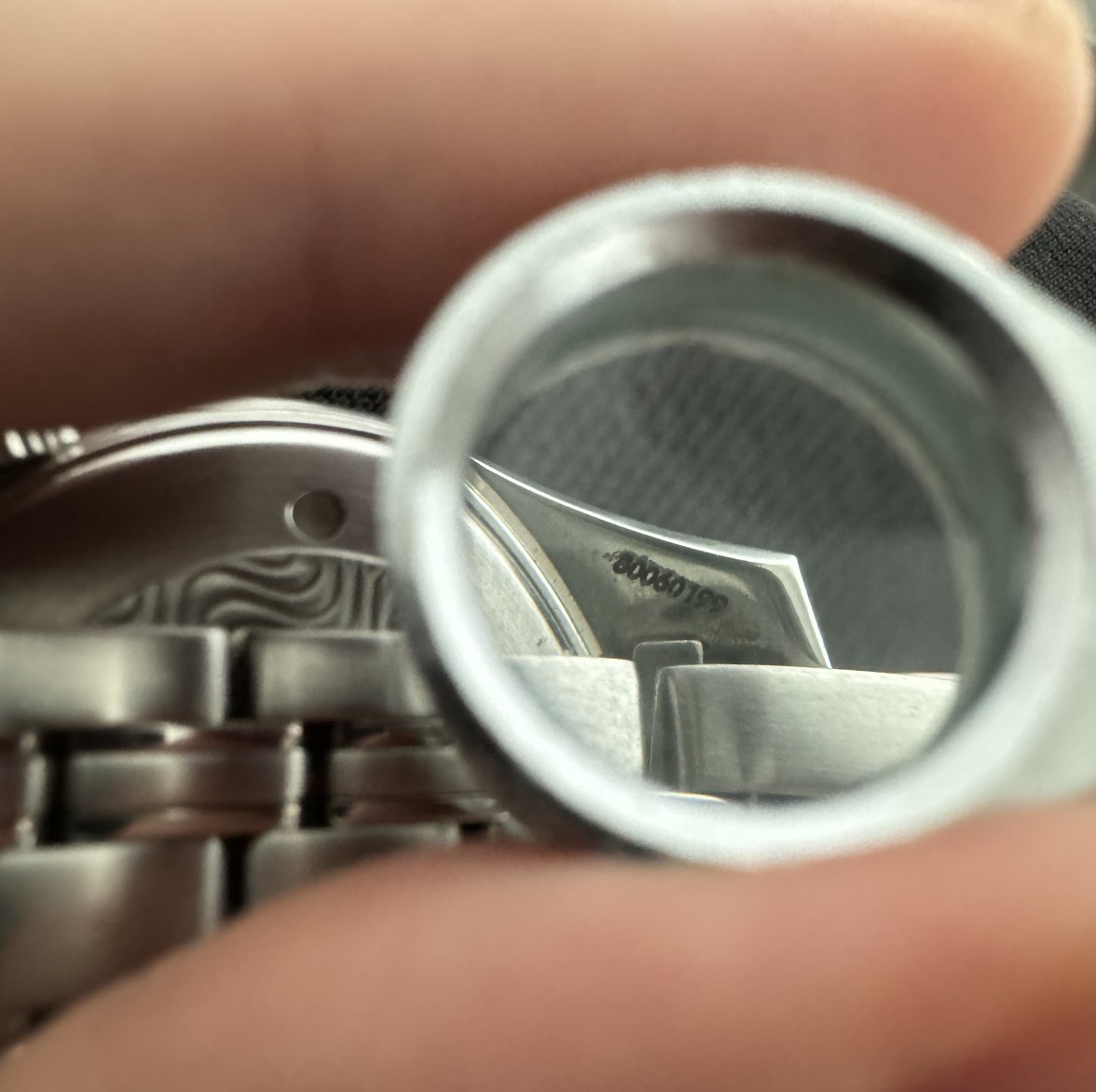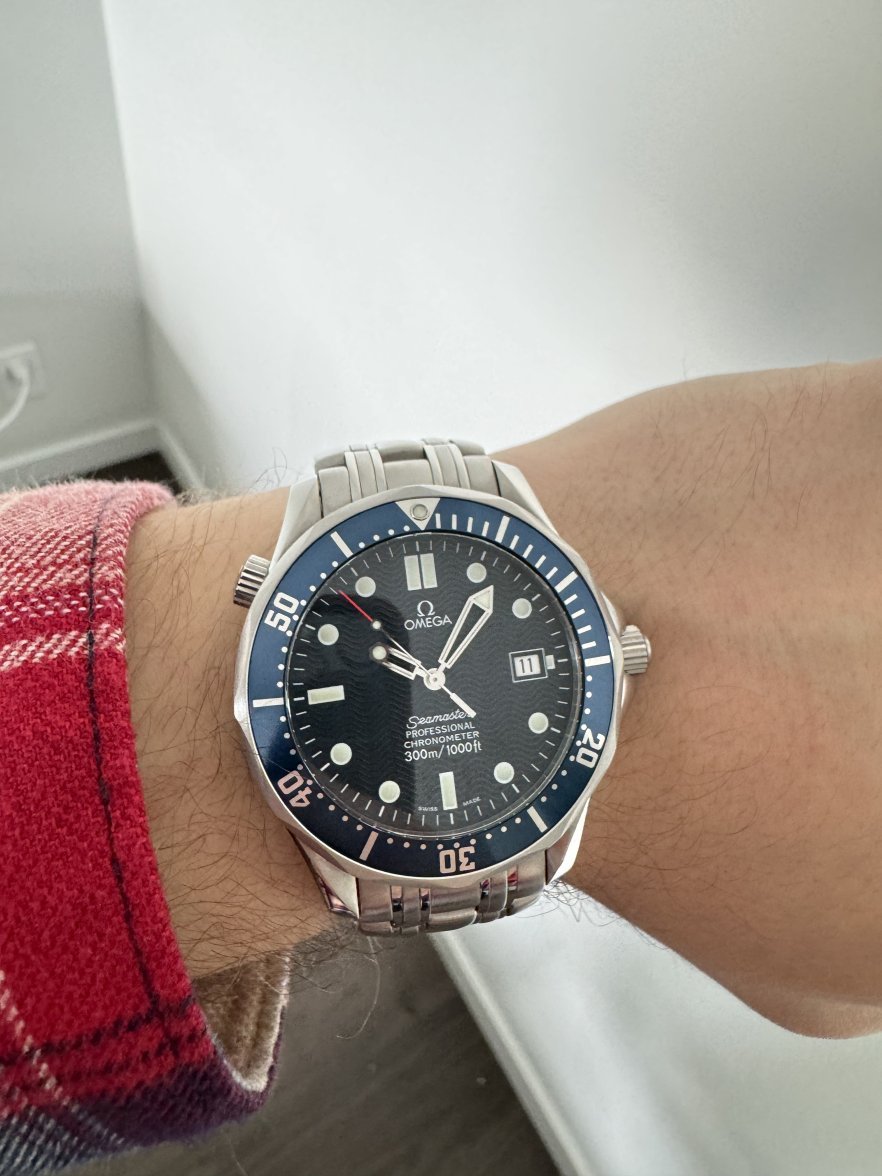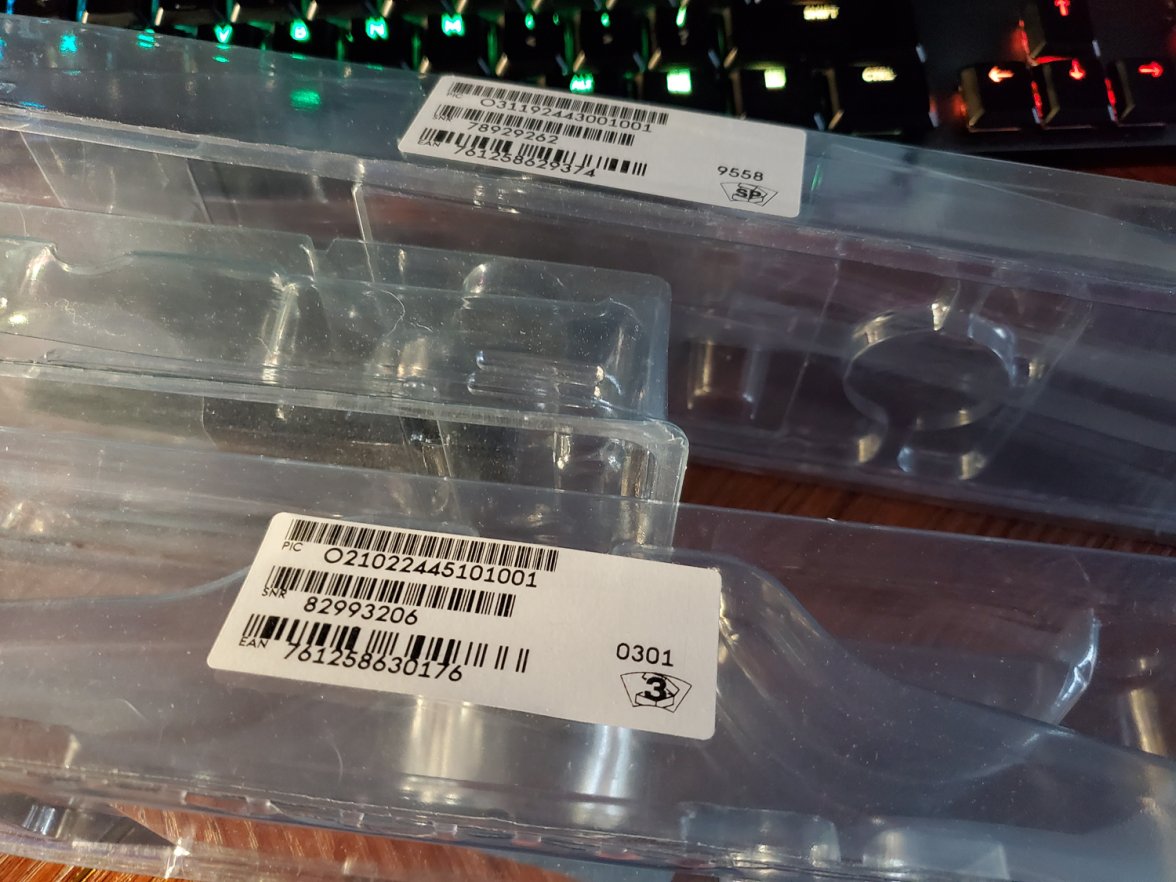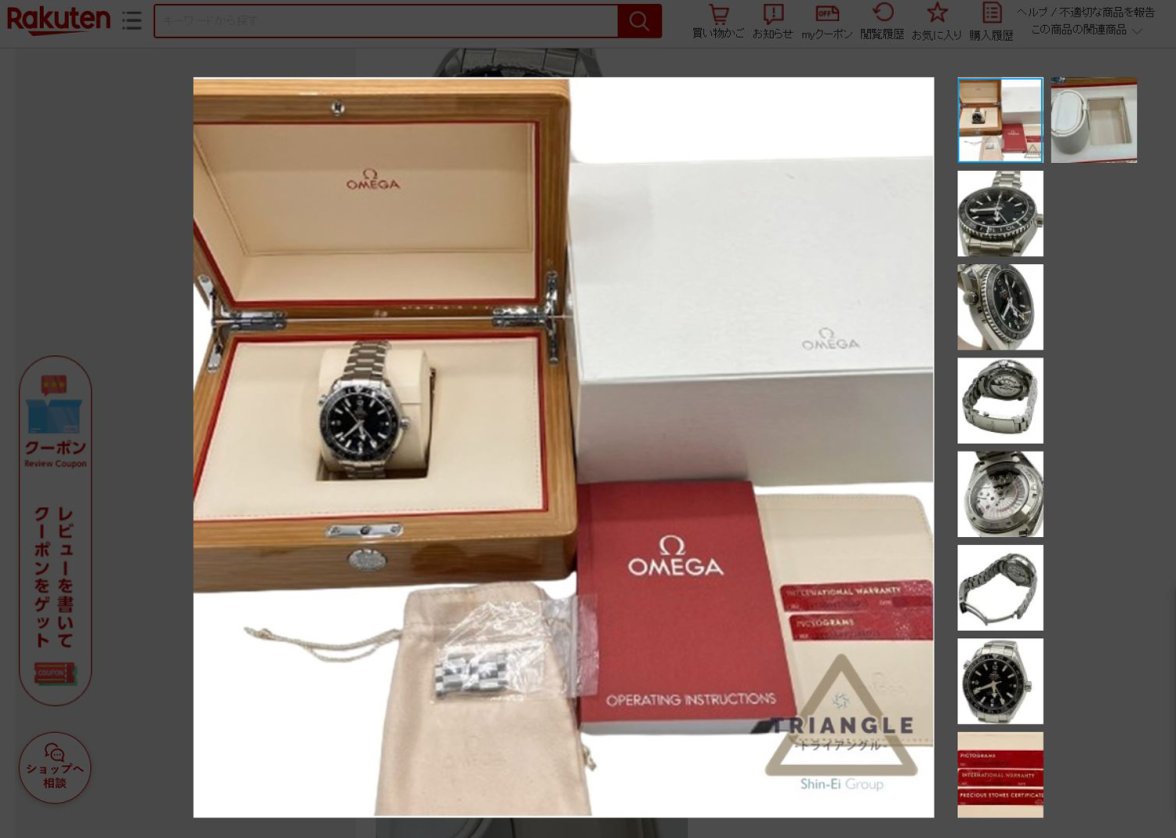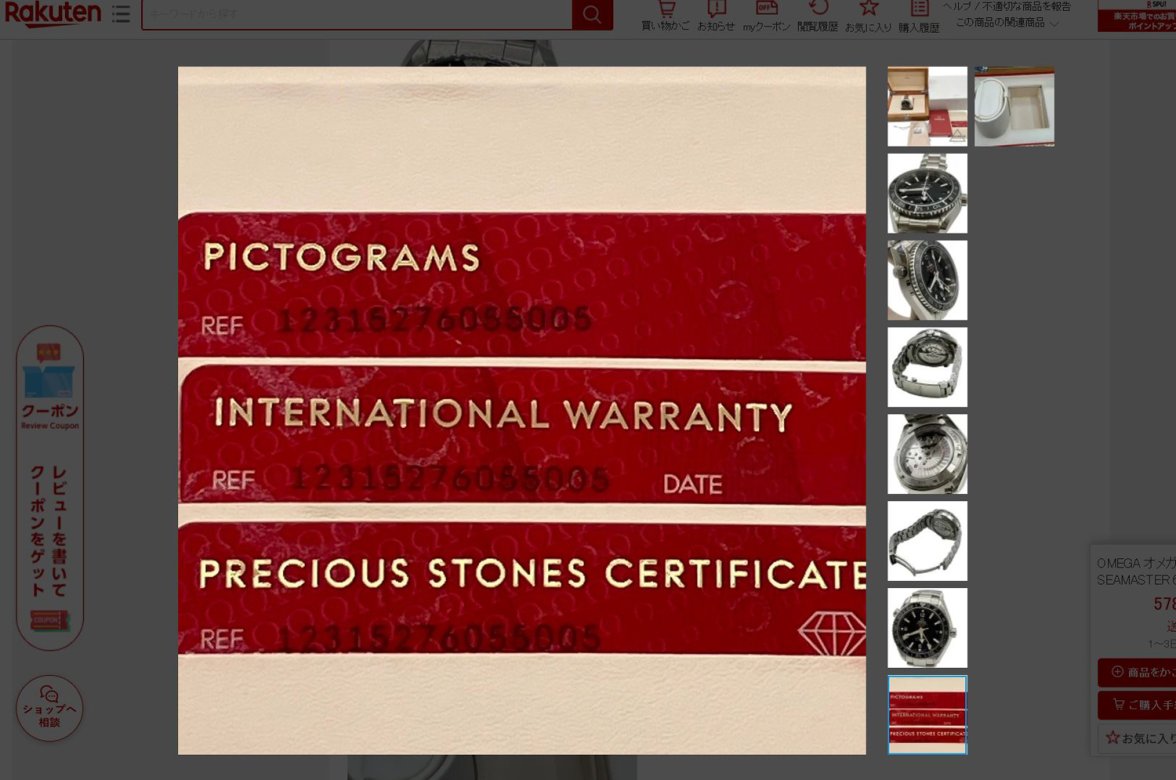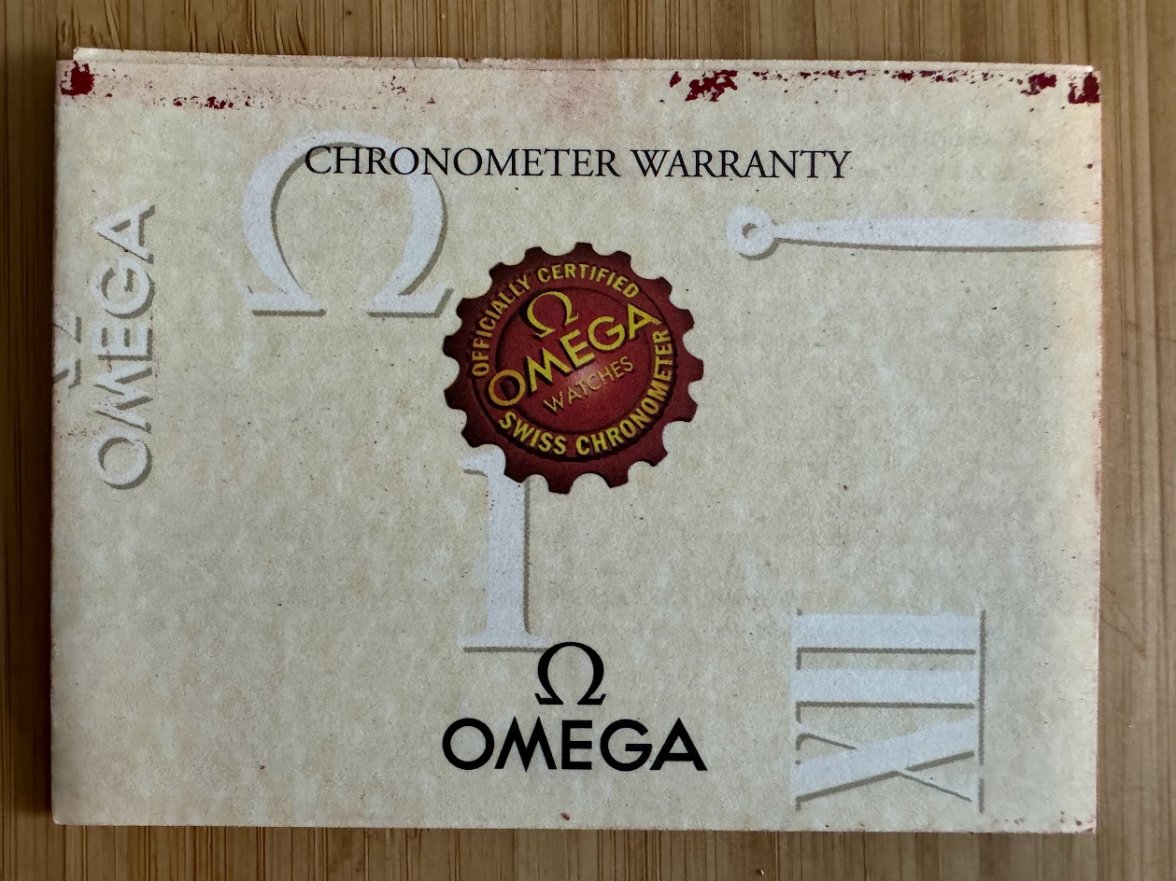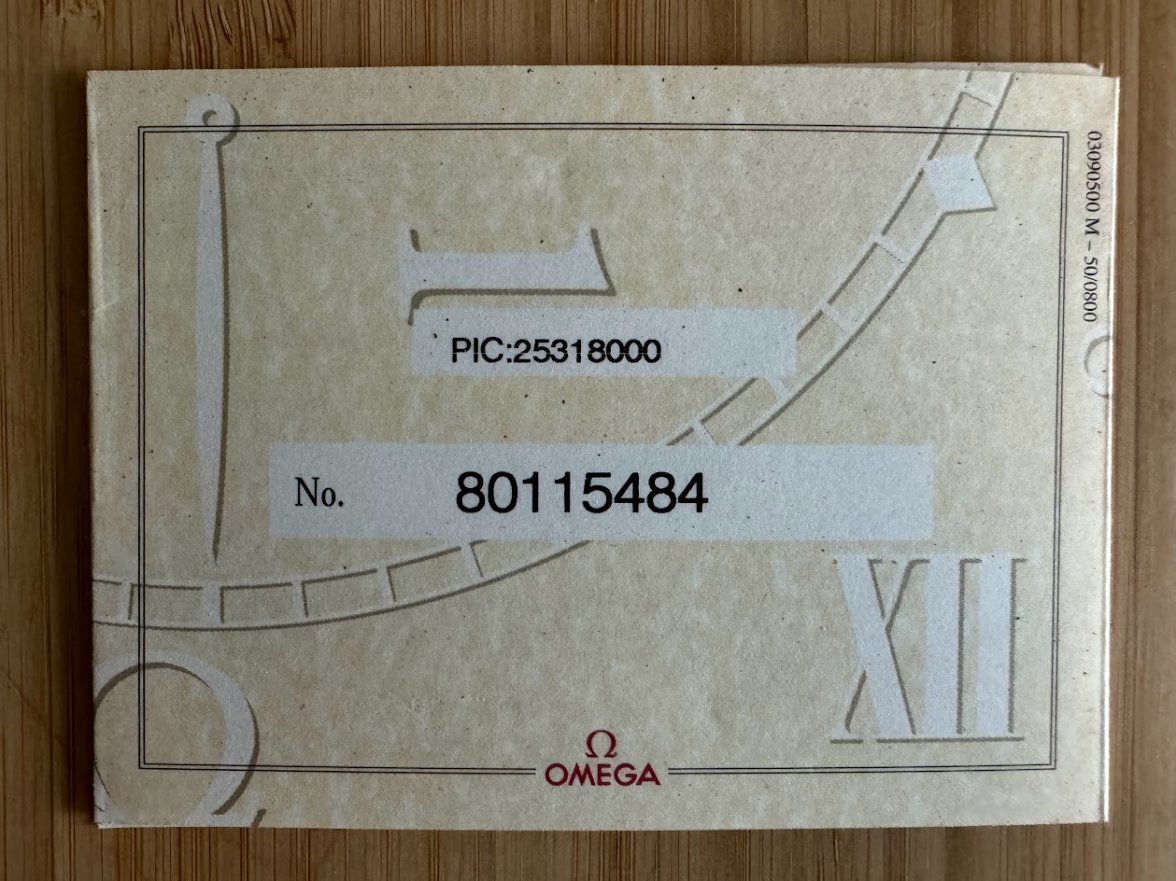billiout
·I recently purchased an SMP 300 2531.80 from a trusted seller here in Canada. The watch came with the supposedly original box and papers. The watch itself is in excellent condition but there is no service history. The box and the papers on the other hand look quite aged. After receiving it, I looked at the serial number printed on the warranty and chronometer card, and to my surprise, it didn't match the serial number of the watch case. I immediately took it to my watchmaker (a very professional person with an Omega parts account) and he told me that the watch looks genuine and thankfully the serial number of the movement matches the serial number on the case. He also told me that it didn't appear to be recently serviced when he put it to the timegrapher but is running "okay" and that in a year or two it might require a service.
I asked the seller about the mismatch between the papers and the watch since it was advertised as a full set and he told me that he didn't think of checking the serial numbers since he acquired the set from a highly trustable source. He said he would never advertise it as such and offered either to return it for a full refund or get a small discount to compensate for this error. Anyway, I decided to keep the watch since it's in near-mint condition for its age but I asked for a small refund (on the already fair price) for the mismatch.
The way I see it there are two possible explanations for this:
- The obvious one is that someone along the resale chain tried to make it a "full set"
- Or it was indeed purchased originally with the wrong papers (maybe an exhibition watch that got sold with a leftover box? I don't even know if that's possible)
Is the latter case something that could happen back then? The warranty card states that it was sold on 24/12/2000. The two serial numbers are very close with the number on the watch being slightly older than the one on the papers. Below are pictures of the warranty card and the serial number on the watch case. I googled the numbers and they don't yield any results so that's a good sign (in terms of being fake etc).
I'm wondering if there is a way to know if these two numbers were sold from the same AD. Anyway, any thoughts on this would be greatly appreciated 😀
I asked the seller about the mismatch between the papers and the watch since it was advertised as a full set and he told me that he didn't think of checking the serial numbers since he acquired the set from a highly trustable source. He said he would never advertise it as such and offered either to return it for a full refund or get a small discount to compensate for this error. Anyway, I decided to keep the watch since it's in near-mint condition for its age but I asked for a small refund (on the already fair price) for the mismatch.
The way I see it there are two possible explanations for this:
- The obvious one is that someone along the resale chain tried to make it a "full set"
- Or it was indeed purchased originally with the wrong papers (maybe an exhibition watch that got sold with a leftover box? I don't even know if that's possible)
Is the latter case something that could happen back then? The warranty card states that it was sold on 24/12/2000. The two serial numbers are very close with the number on the watch being slightly older than the one on the papers. Below are pictures of the warranty card and the serial number on the watch case. I googled the numbers and they don't yield any results so that's a good sign (in terms of being fake etc).
I'm wondering if there is a way to know if these two numbers were sold from the same AD. Anyway, any thoughts on this would be greatly appreciated 😀
